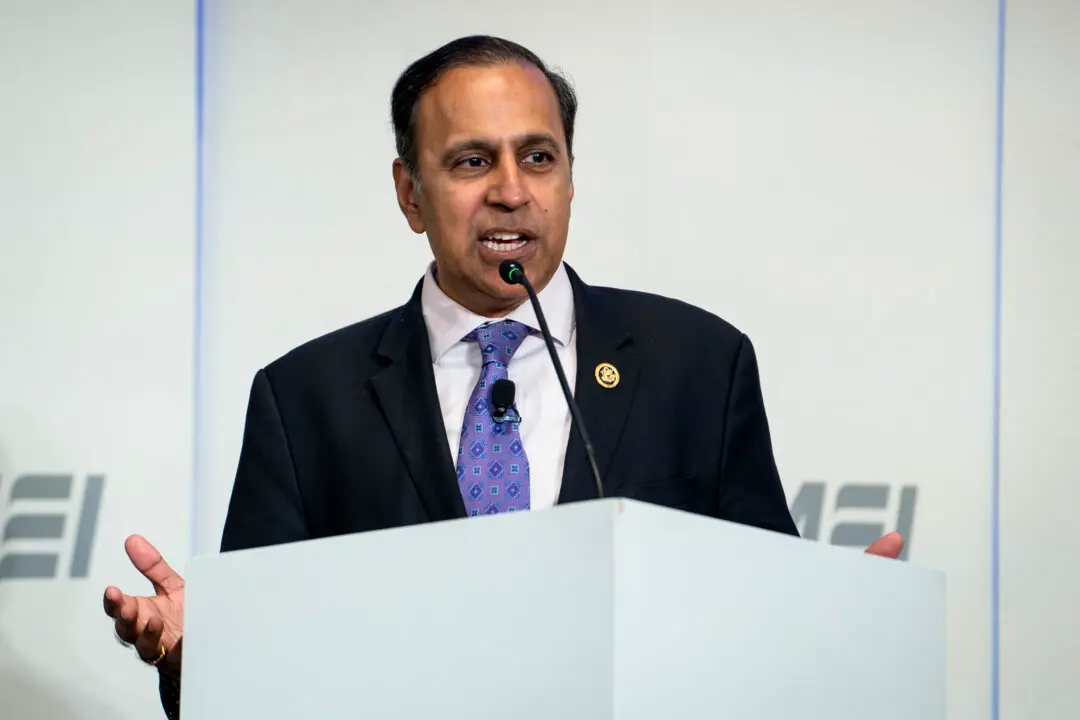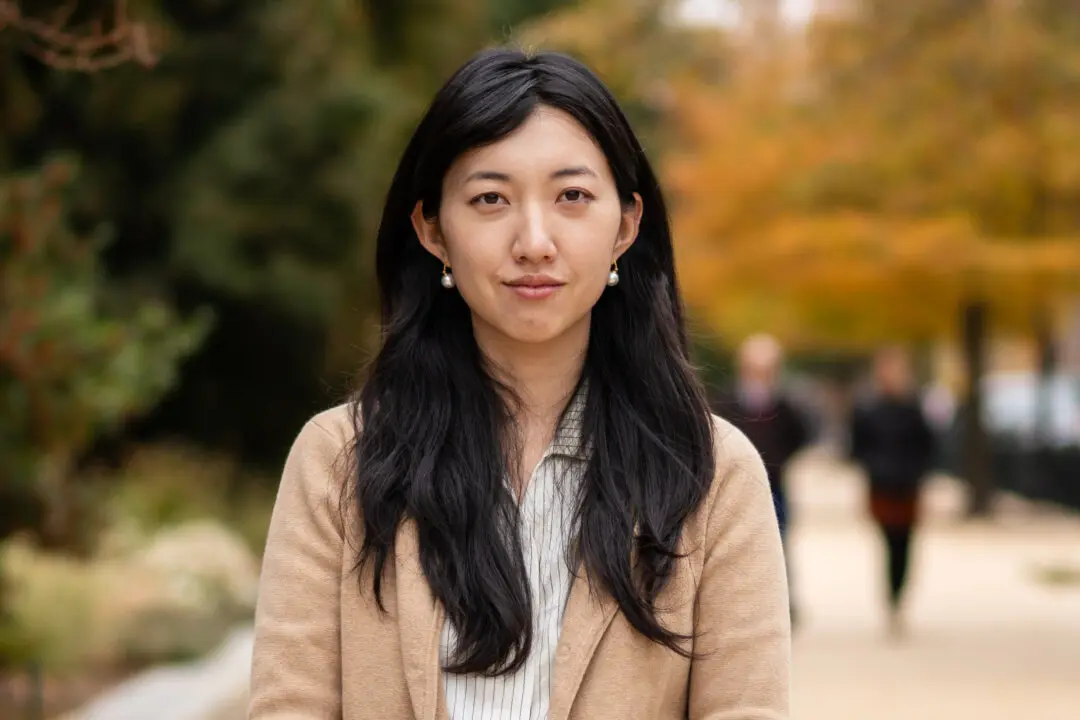The Chinese regime has officially written its new three-child policy into law, marking Beijing’s latest attempt to boost population and avert a demographic crisis that could dash its plans for building global dominance.
The National People’s Congress, the regime’s rubber-stamp legislature, on Aug. 20 amended the Population and Family Planning Law that has for decades allowed the ruling Chinese Communist Party (CCP) to dictate the size of families nationwide.





